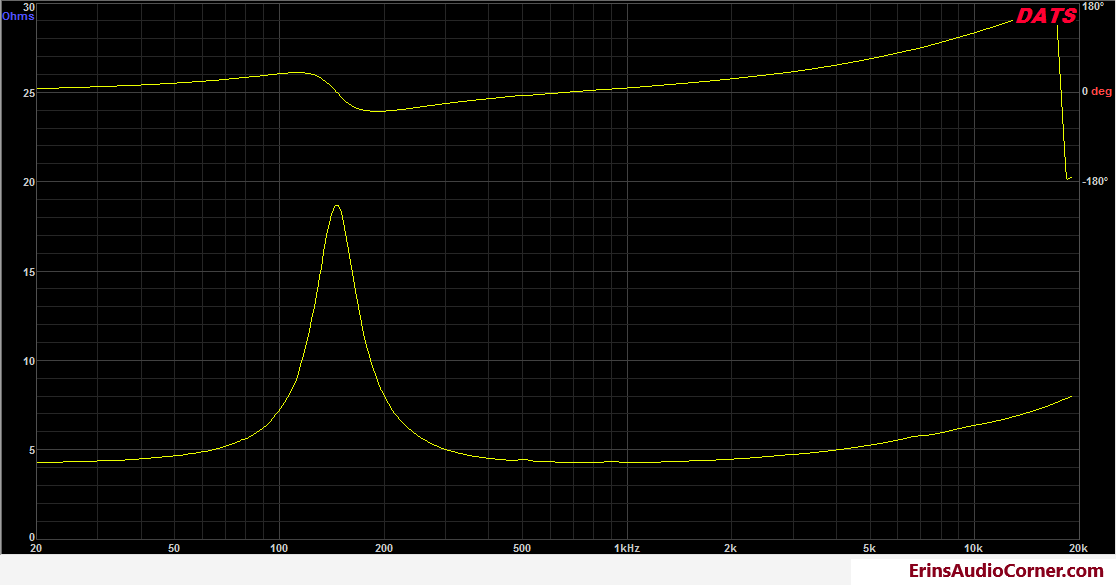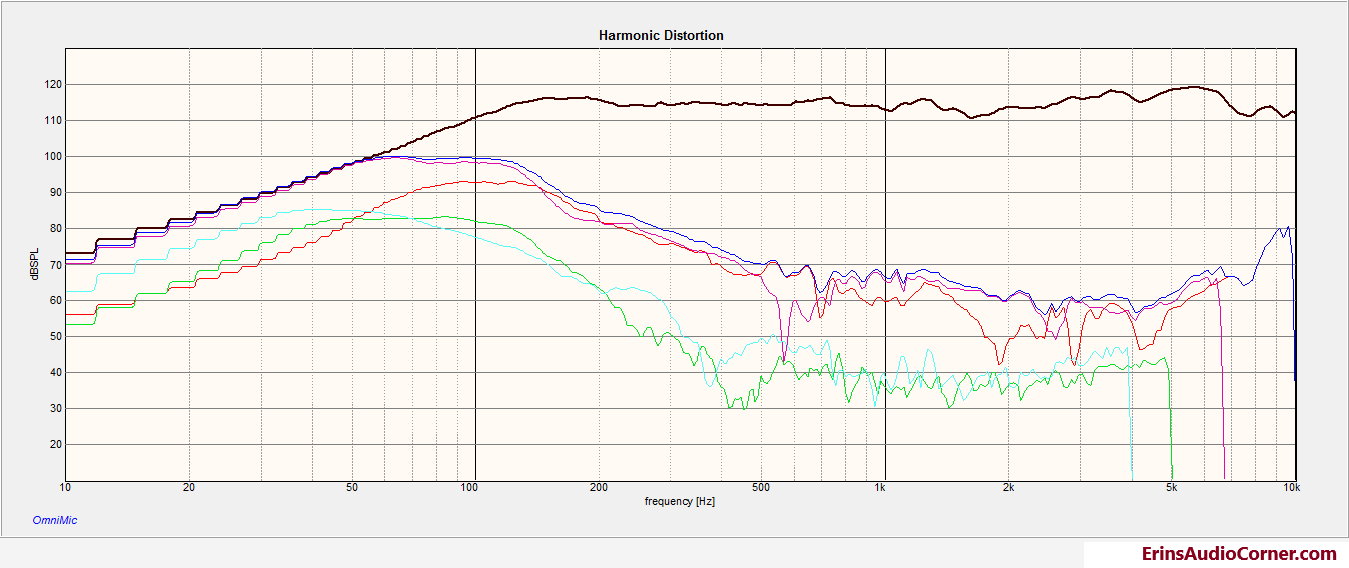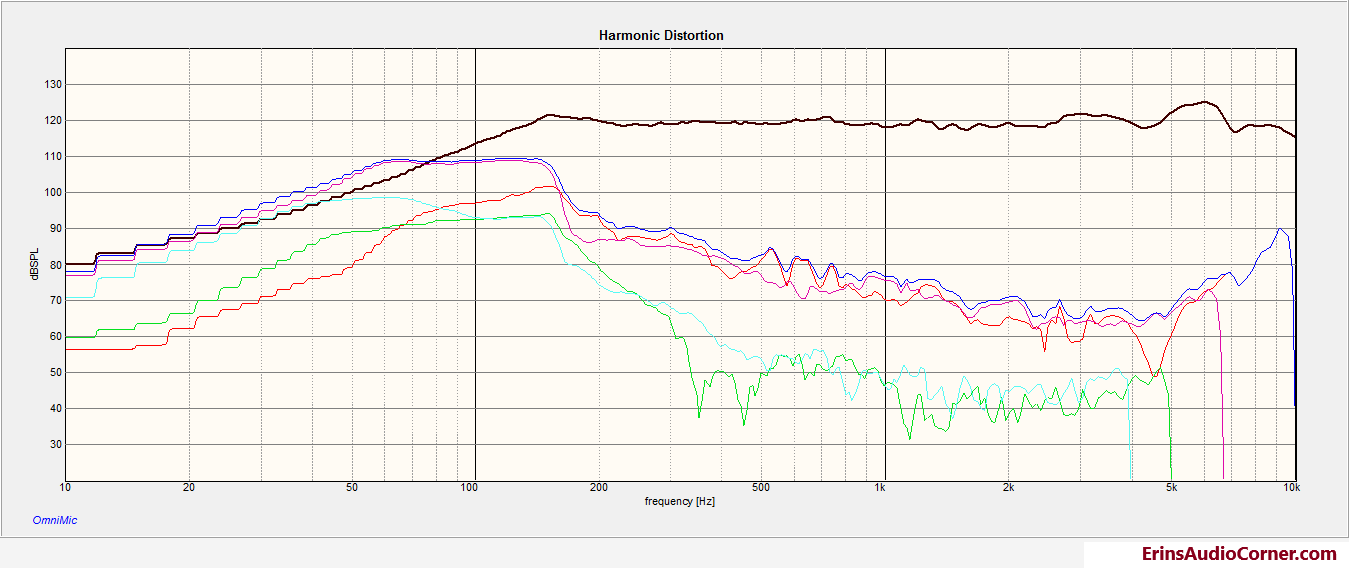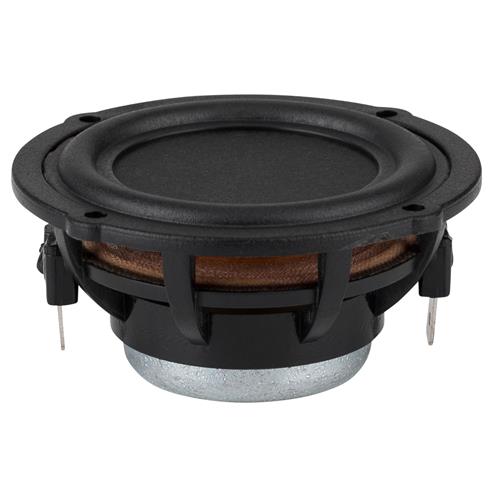

A few years back…
I was browsing the Parts-Express website and came upon some products from Tectonic Elements that I thought were interesting: the BMR series speakers. BMR stands for Balanced Mode Radiator. Some words from their website:
Tectonic Elements has developed a methodology for controlling modal bending wave activity enabling pistonic action and surface excitation to be combined in a single transducer or driver. This results in a small form-factor speaker drive that delivers uncanny sound quality due to its wide dispersion of sound, and full range response. Listeners have described itʼs audio fidelity as ʻlifelikeʼ and ʻunencumbered by the attributes of speaker mechanicsʼ. Tectonic Elements’ family of products utilising this patented technology is called BMR® and are set to transform listening pleasure from small format, low-cost loudspeakers.
Paint me intrigued! A few google search results later and I had found some really positive words for their 3 inch full range driver found here.
A few minutes later I found that Tectonic Elements was releasing a 2 inch driver: the TEBM35C10-4. The data sheet looked quite impressive. Here’s a little blurb from their site:
The TEBM35C10-4 BMR® is an audio drive unit with an extended frequency response and extremely wide directivity. It combines the benefits of Tectonic Elements bending-wave technology and pistonic modes of operation. The small form-factor is ideally suited for compact products that require a full-range drive unit, room filling sound and a high performance acoustic solution.
Now, when I wrote this review this driver was not yet available so I contacted the company directly and they were nice enough to send me a sample pair. Shortly after I wrote this review Parts-Express began selling the driver, which you can find in this affiliate link:
Tectonic TEBM35C10-4 BMR 2" Full-Range Speaker 4 Ohm
Size wise, these are small. Here’s a few quick dimensions:
- Outer Diameter = 52mm (54mm counting the mounting tabs)
- Mounting Depth = 23mm (surface mounted), 25.1 (flush mounted)
Impedance and Thiele-Small Testing:
Results were obtained via Dayton’s DATS v2 using the added mass method.
- Effective Diameter = 37.08 [mm]
- Re = 4.181 [Ohms]
- Fs = 146 [Hz]
- Zm = 18.69 [Ohms]
- BL = 2.134 [N/A]
- Qms = 3.848
- Qes = 1.109
- Qts = 0.8608
- Vas = 0.148 [liters]
- Le(10k) = 0.07819 [mH]
- dBSPL = 78.08 [1W/1m]
- Ms = 1.316 [grams]
- Cms = 0.903 [mm/N]

Frequency Response:
The following response measurements were taken at 2.83v at 1 meter. Nearfield response was merged with far-field at approximately 3khz.
The measurements were performed at 0, 15, 30, 45, and 60 degrees.
- 0 = Black
- 15 = Blue
- 30 = Purple
- 45 = Red
- 60 = Green

Harmonic Distortion:
Distortion testing was done in the nearfield to emulate the following farfield responses:
90dB @ 1m:

HD @ 96dB

Conclusion:
This driver has an incredible bandwidth for its size. This driver literally fits in my palm yet should have no problems playing from 300-400hz (with a proper high-pass; listener dependent) all the way up to 20khz without issue. Cone breakup is practically non-existant with only a hint of breakup at 18khz. THD is very, very low given its size. At 96dB output the 3% THD mark is about 300hz; Above 500hz the THD is < 1%. Use this with a high-pass filter and most shouldn’t have an issue crossing down to 400hz. At 30 degrees off axis the response is down 3dB and at 60deg off axis the response is 7dB down at 10khz. Those numbers are on par with some of my favorite 1 inch tweeters. I’m very impressed. Of course, all this comes at a cost and the cost here is: sensitivity. On average this driver runs about 77dB at 2.83v/1m. Bummer. Compression testing would benefit me here but since I have nothing to A/B it against, I’m gonna let it stand. Of course, a high-pass filter also remedies compression to a good degree and since I don’t expect someone listening to this driver at high output near Fs, I suspect compression issues will be fairly inconsequential.
Naturally people will compare this to the AuraSound 2″ driver (aka: the “whisper”). While the whisper has approximately 4dB higher sensitivity on average, this driver has a lower Fs, low THD, and an excellent polar response. I don’t believe the whisper can cover the same bandwidth as well as this particular Tectonic Elements driver can.
At their current retail price of about $9/each, they’re worth trying out if are even remotely interested. My biggest hangup with them is the very low sensitivity but if that’s not an issue for your specific needs, it’s hard to not recommend them when used with a reasonable high-pass filter. They’d also make some neat “project” speakers (something like a personal bluetooth boombox or some other DIY-type project).
This also seems like a nice candidate for an array to gain some extra SPL.
End
If this driver looks like something you’d be interested in buying, using this affiliate link to buy from Parts-Express will send a few pennies my way.
Or if you just like what you see here and want to help me keep it going, there’s a Paypal Contribute button at the bottom of each page. Just provide what you can. Every little bit is truly appreciated.
Thanks!

